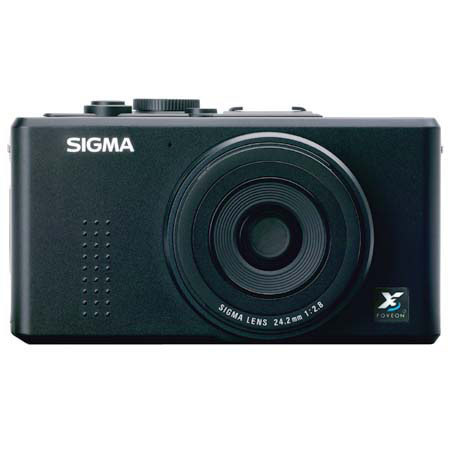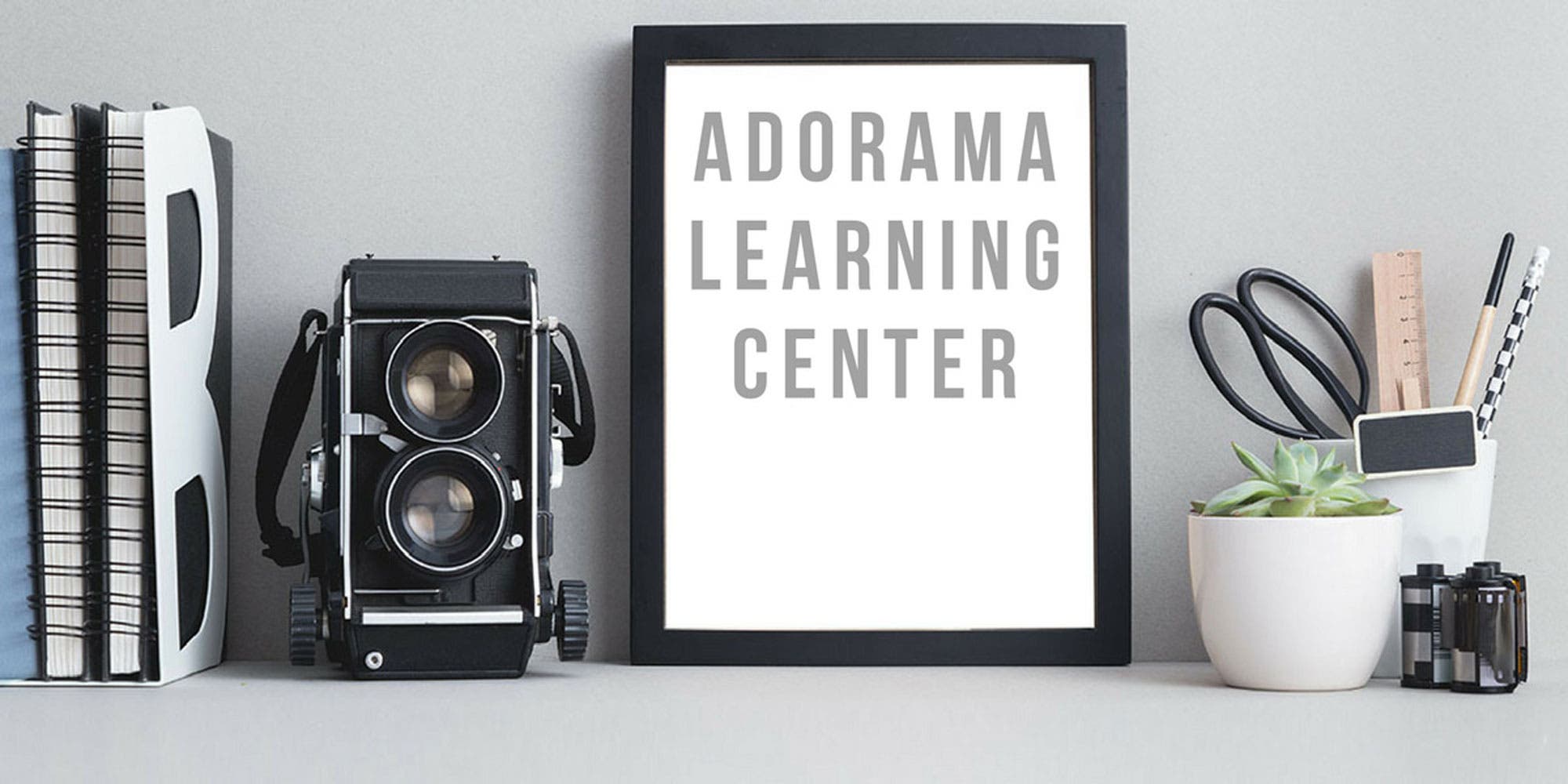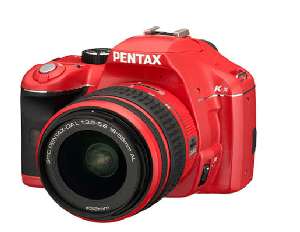
Overview
Compare
Protection
Q&A
Questions & Answers
Reviews about this item
Review Summary
2010-02-02T19:00:00
Rated 4 out of 5
A camera for slow photographers
This camera is slow. Slow write time and focusing. It doesn't slip into the pocket. I can't take pictures of children or fast moving animals. But I don't really care because it takes the most beautiful images. That's all it does. After almost a month of use I shoot only in manual mode and can change aperture, shutter speed, ISO, etc without thinking. Highly recommended but don't buy it for family shots.
Doctormubefund
2010-02-02T19:00:00
Rated 4 out of 5
better model than DP1
I carried my DP2 with me everyday on everything that caught my eyes. Most superb of SIGMA DPx cameras are indeed that Foveon sensor, which makes them (including DP1) cannot be comparable in terms of image quality. Some might come close, yet the image of Foveon unmistakably stands out. One thing about DPs is.. physically, they're unavoidably bulky, and slow in operation. Even you've been using it for quite some time, it's still not the best "point and shoot" camera that you wanna snap your shots.
BB
2009-08-19T21:00:00
Rated 5 out of 5
Little Magic Box
After months of fustration and dissapointment reading the mostly negative reviews,the DP2 continued to cast a spell on me.Knowing its limitations,realizing it was a quirky somewhat tempermental instrument,I bought it any way. I am absolutely delighted with the DP2.The quality of images is remarkable exhibiting a depth and character unlike any other I have owned. If you are an experienced photographer who loves the actual participation of yourself in the process of image making,if you are tired of the flat lifeless look of most digital cameras you will love the DP2 if you are willing to tolerate its limitations.
DANNY C.
2009-08-18T21:00:00
Rated 5 out of 5
Awesome Images - Bottom Line
The bottom line is the image you can produce from the camera right? This camera, I can happily report, takes top notch photos. OK the autofocus sucks... so what? The quality of the images from this lens and sensor is fantastic. Popular Photography just compared the look of images produced by the DP2 to those developed on Kodachrome in their September 2009 issue. The camera is a tool for you to master. No image stabilization, no face recognition or hd video here. Just very high quality still images. Regarding battery life, I have one spare and I think the problems here are over exaggerated as well. Maybe it's shorter than some cameras, but those with issues should ensure they're using quick flash media to reduce read/write times. Another option is to get the optical viewfinder and turn off the screen. If you choose this camera, approach it with patience and do try to use it in full manual mode. You will be rewarded.
Aaron F.
2009-08-18T21:00:00
Rated 4 out of 5
In a league of its own
Both the DP1 and DP2 are great for HDR images with extreme detail as well as capturing highlights and shadows. The camera is a special purpose tool not good for snapshots or street photography but rather for planned, thoughtful photos. I find it's highest value on tripod mounted HDR photos using a custom cable release adapter. I love my DP-1 and DP-2.
LarryC
2009-08-06T21:00:00
Rated 3 out of 5
Too many serious flaws
My normal apparatus is a Canon EOS 1ds Mark III. I bought the DP-2 because I was heading to Cambodia and Vietnam during the monsoon season and I didn't want to risk ruining my $10K rig. I also was going to be seriously on the move and needed something small to take photos of opportunity. I experienced too many missed or spoiled shots because this camera does not react fast enough. Too much time to set the focus. Too much lag time between shots. The red light indicating reading to memory seems to blink on forever.Reports of poor focusing in low light are understated. In anything except broad daylight outdoors, the auto focus is useless and even then it is slow. Your shot is gone by the time you use the manual focus. Reports of poor battery life are also understated. Knowing beforehand of this problem I brought three batteries. I shot 140 shots average per day and the three batteries were not enough. I bought a Lumix DMC-LX-3 (Leica D-Lux-4's brother) as a backup. Quality of pictures was the same without any of the Sigma shortcomings. How can a reputable company sell us a product with such uncorrected shortcomings at [$]? This camera is only suited for when you have all the time in the world. Then why do you need a small pocket camera? They have missed the mark. Do not buy this camera. Buy the Leica or Lumix instead.
Peephole
2009-07-23T21:00:00
Rated 4 out of 5
Excellent image quality. Slow AF
I love the size and weight of the DP2 and its image quality. The Sigma Studio Pro software (which I find very easy to use although it takes a bit to get used to) coaxes the most out of their RAW format and I love the results. There's an indefinable quality about the Foveon sensor output. Maybe it's the color or the sharpness... 12x18 inch images print exceptionally well. Handling: What I'm not crazy about is the speed of autofocus on the DP2. Yes, it is a bit faster that the DP1 but not enough that you won't lose shots with it. Yes, it's not a point-and-shoot, so maybe this camera is not for you. It's not really for spontaneous action (unless perhaps you use it in manual/zone focus with the accessory viewfinder). It's for photographers that have the time, style, and inclination to wait, to plan or anticipate the action (landscapes, architecture, still lifes, flowers). It's not really good for portraits--capturing those fleeting expressions will be a challenge. Having a viewfinder helps, but again, it all depends on your style and what kind of images you want to make. Focusing manually gives you the advantage of a magnified view but the 2.5 inch 230,000 pixel LCD doesn't make it easy. The LCD is fine for reviewing images but a chore to use for manual focus and very difficult to see in bright light. Biggest pluses: • Full APS-C sized Foveon sensor. • f2.8 lens is sharp. • Image quality is excellent. • QS (Quick Set) button is fast an easy to access to change ISO, quality, and formats, etc. Biggest hinderances: • NO IMAGE STABILIZATION • Slow AF • Black engraved text on black buttons impossible to read. • When auto-rotation is enabled vertical images are magnified to the same narrow original width, window does not expand. Poor planning from Sigma. • MOVIE mode is useless because lens does not change focus during recording manually or on auto. Previewing movies is impossible because it plays back tiny, at 1/4 the LCD area. Conclusion: Excellent image quality hindered with slowness. If you love working with a 4x5 or medium format cameras you'll be right at home with the DP2. Otherwise not a joy to use.
richmond
About Sigma DP-2
FEATURED REVIEWS
Little Magic Box
By DANNY C.
After months of fustration and dissapointment reading the mostly negative reviews,the DP2 continued to cast a spell on me.Knowing its limitations,realizing it was a quirky somewhat tempermental instrument,I bought it any way. I am absolutely delighted with the DP2.The quality of images is remarkable exhibiting a depth and character unlike any other I have owned. If you are an experienced photographer who loves the actual participation of yourself in the process of image making,if you are ti...
View full Review
Awesome Images - Bottom Line
By Aaron F.
The bottom line is the image you can produce from the camera right? This camera, I can happily report, takes top notch photos. OK the autofocus sucks... so what? The quality of the images from this lens and sensor is fantastic. Popular Photography just compared the look of images produced by the DP2 to those developed on Kodachrome in their September 2009 issue. The camera is a tool for you to master. No image stabilization, no face recognition or hd video here. Just very high quality sti...
View full Review
The Sigma DP-2 Digital Point & Shoot Camera features a 14 Mega Pixel FOVEON X3 direct image sensor (2,652 x 1,768 x 3 layers). The size of the image sensor used in the DP2 cameras is 20.7mm x 13.8mm. It is approximately seven to twelve times larger than the 1/1.8 inch to 1/2.5 inch image sensors used in ordinary compact digital cameras. The pixel size of the image sensor is 7.8µm.
The large photodiodes deployed at a large pixel pitch capture pure, rich light efficiently and give the DP1 its high resolution and richly-graduated tones. The DP2 incorporates "TRUE II" which is an improved version of "TRUE" (Three-layer Responsive Ultimate Engine), the world's first image processing engine suited for the three silicon embedded layer direct image sensor. The unique image-processing algorithm, which has been developed throughout the development of the SD series digital SLR cameras and the DP1, is incorporated into "TRUE II".
The DP2 is equipped with a 24.2 F2.8 large aperture lens, equivalent to 41mm on a 35mm SLR camera, which has been designed exclusively for the DP2. Two high refractive index glasses and two molded glass aspherical lenses provide superior image quality and allow compact construction. The Super Multi Layer Coating reduces flare and ghosting. SLR-sized image sensor and the large aperture of F2.8 combination provide natural shallow depth-of-field and attractive bokeh effect. The DP2 includes a RAW recording mode for retaining full image capture detail of the utmost quality plus a JPEG recording format for convenience. The RAW data format uses lossless compression for more compact, yet uncompromised, data files. The RAW data format of the DP2 keeps brightness and color data in a 1:1 ratio without relying on interpolation.
Each pixel location captures the full color of RGB data which, when processed in Sigma Photo Pro, will preserve the balance of the natural data for the best photos with the best image quality. The DP2 comes complete with SIGMA Photo Pro software, a RAW image developer that converts all RAW data quickly and easily. Adjustments can be made in three separate modes. The X3F Mode stores the original settings of the image at the point of capture. In the Auto Adjustment Mode, the software analyzes and automatically makes adjustments to the RAW data. The Custom Mode allows the photographer to make individual adjustments. The photographer can make changes easily and quickly by simply adjusting the slider controls within the software.
Join VIP PRO
Earn 2X Points + Exclusive Perks!
Request a Callback
Chat one-on-one with an expert
Sell or Trade your Gear
Get started in 3 easy steps
What's in the box:
- Sigma DP-2 Digital Point & Shoot Camera
- Li-ion Battery BP-31
- Battery Charger BC-31
- Lens Cap LCP-11
- Neck Strap NS-11
- Soft Case CS-70
- Hot Shoe Cover HSC-11
- USB Cable
- Video Cable
- SIGMA Photo Pro Disc
- Instruction Manual
- Sigma Warranty



